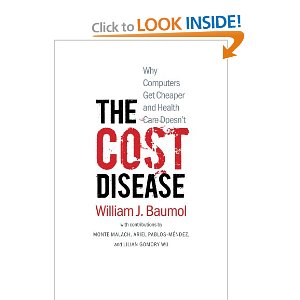 Hyundai Motors America and Kia Motors America are being forced to lower the fuel economy estimates on the majority of their 2012-13 models after an investigation by the Environmental Protection Agency found that the companies overstated the fuel efficiency numbers for their vehicles in previous years. Based on the audit, they will also have to compensate owners of at least 900,000 2011-2013 model year vehicles.
Hyundai Motors America and Kia Motors America are being forced to lower the fuel economy estimates on the majority of their 2012-13 models after an investigation by the Environmental Protection Agency found that the companies overstated the fuel efficiency numbers for their vehicles in previous years. Based on the audit, they will also have to compensate owners of at least 900,000 2011-2013 model year vehicles.
Questions:
1. What is the anticipate reimbursement program expected to cost and how should Hyundai account for it?
2. According to the EPA, why was this deviation from gas mileage so different from previous incidents?
3. Which other agency or agencies may get involved in this investigation? Do you think there should be an audit of the industry for this type of violation? Discuss.
Source:
Guarino, M. (2012). Hyundai, Kia overstated mileage, EPA finds. What it means for consumers. The Christian Science Monitor, Nov. 2 (Retrievable online at http://www.csmonitor.com/Business/2012/1102/Hyundai-Kia-overstated-mileage-EPA-finds.-What-it-means-for-consumers)















